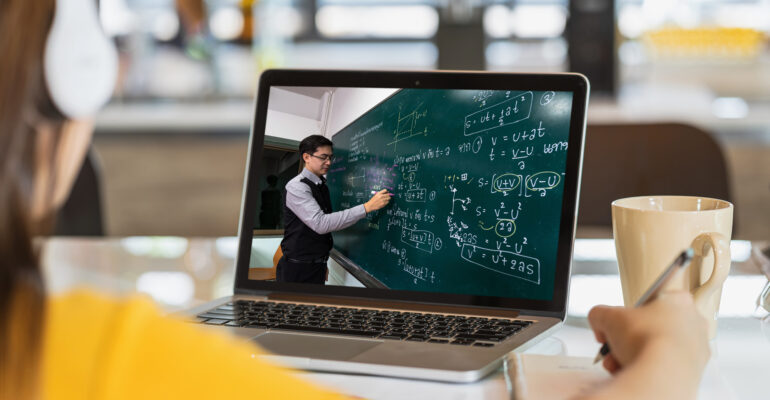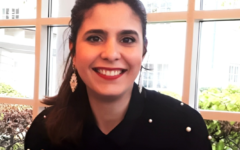Distance Learning Practices at the Moroccan University In the Coronavirus Era.
30 June 2023 2023-07-21 18:07Distance Learning Practices at the Moroccan University In the Coronavirus Era.

Distance Learning Practices at the Moroccan University In the Coronavirus Era.
Dr. Sara SAAIDI
Faculty of Letters and Human Sciences – Mohammed V University Rabat. Morocco
More than 913.700 Moroccan students, enrolled under the 2019-2020 academic year, have been forced by The Covid-19 pandemic to confine themselves to their homes, following the closure of their academic institutions. The same situation can be observed worldwide. Hence, distance education, as an emergency solution, has been implemented by countries which have advanced digital logistics.
In Morocco, ICTEs (Information and Communication Technologies for Education) are used in universities mainly for pedagogical aims (course development, content distribution, communication between teachers and students, etc.) and for informational purposes (student registrations, announcement of results and administrative support). The crucial question to ask: To what extent was the Moroccan university ready to move from teaching in face-to-face to distance education?
It is in this context of distance education in the era of Covid-19 that is born our research work which aims to answer a two-fold problem: The first part exposes the actions taken by the Moroccan government to face this exceptional crisis and to support the educational community
to have access to resources remotely. The second part, on the other hand, highlights the measures adopted by universities for the benefit of students during this confinement period.To answer these questions, we propose a mixed qualitative and quantitative approach: An analysis of official documents and information (Ministry of Higher Education, Scientific Research and Executive Training, Higher Education Council, MAP). This analysis is coupled with interviews with the vice presidents in charge of the academic poles and the general secretaries from university presidencies.
Sara SAAIDI
Related Posts
Search
Categories
Popular Tags






